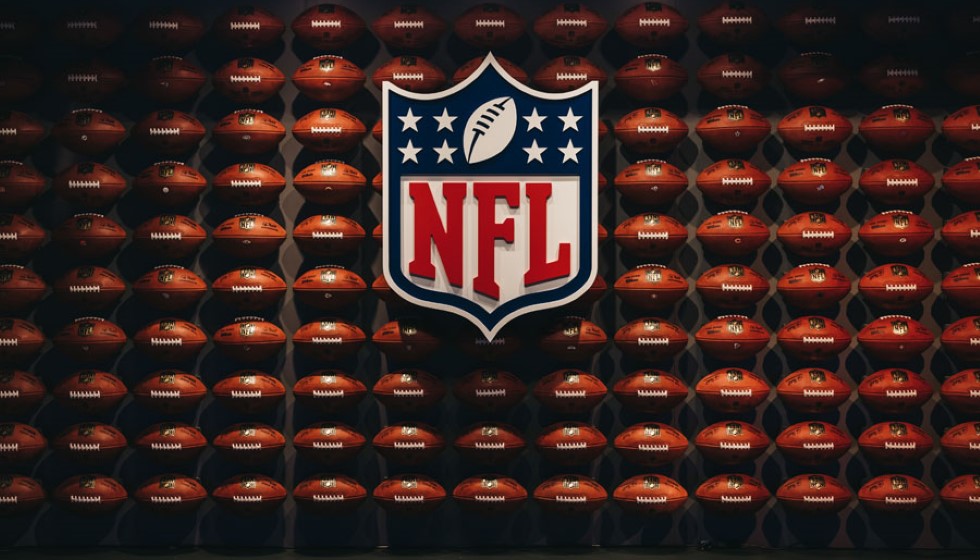
The New York Giants made a pivotal move this offseason by releasing their star running back, Saquon Barkley. The decision, driven by a mixture of financial and strategic considerations, underscores the evolving direction the Giants are taking under the leadership of General Manager Joe Schoen.
Financial and Strategic Shift
Barkley, who has been a critical offensive player for the Giants, signed a three-year, $37.5 million deal with the Philadelphia Eagles following his release. This move was precipitated by the Giants’ desire to optimize their budget and allocate resources more efficiently. Speaking on the rationale behind releasing Barkley, Schoen remarked, "We've gotta upgrade the offensive line, and you're paying the guy [Giants quarterback Daniel Jones] $40 million. It's not to hand the ball off to a $12 million back."
Indeed, Barkley's departure is a part of a broader strategy to build a more robust offensive line to support their high-investment in quarterback Daniel Jones. By reallocating the funds previously tied up in Barkley’s contract, the Giants hope to fortify their offensive line, thus providing Jones with better protection and more time to execute plays.
Focus on Daniel Jones
Daniel Jones, who commands a substantial salary of $40 million, is at the center of the Giants' long-term plan. Schoen emphasized the importance of the next couple of seasons in evaluating Jones's performance. "This is the year for Daniel. The plan all along was to give him a couple of years," Schoen explained.
The Giants have made it clear that Jones is either "our guy for the next 10 years" or the team will need "to pivot and find someone else." This strong statement from Schoen highlights the organization's commitment to either affirming Jones as their franchise quarterback or making a decisive change based on his upcoming performances.
Building for the Future
The decision to part ways with Barkley and fortify the offensive line signifies a strategic pivot towards strengthening areas that could render a higher return on investment. The Giants' plan to build a sturdy offensive line is instrumental in creating a stable platform for Jones to thrive and, consequently, lift the overall performance of the team.
Strengthening the offensive line addresses one of the major pain points for the Giants in recent seasons. With an enhanced line, the Giants aim to improve both their pass protection and run-blocking schemes, providing a more balanced and effective offensive unit.
A New Chapter for Barkley
Saquon Barkley’s transition to the Philadelphia Eagles opens a new chapter in his career. His close friendship with Eagles wide receiver A.J. Brown has been well-documented, and Brown has been vocal in supporting Barkley's integration into the Eagles' offensive scheme. This off-field camaraderie could translate into a formidable on-field connection, potentially making Barkley a vital component of the Eagles' offense.
Barkley’s explosive play style and experience will undoubtedly add a new dimension to the Eagles' backfield, complementing their already potent offensive weapons. His ability to break tackles and create big plays could be a significant asset for the Eagles as they seek to enhance their offensive dynamics.
Conclusion
The Giants’ decision to release Saquon Barkley marks a significant shift in their strategic approach, prioritizing the development of their offensive line and the evaluation of Daniel Jones over the next couple of seasons. As Barkley begins his new journey with the Eagles, the Giants are poised to turn their investments into tangible improvements on the field. The upcoming seasons will be crucial in determining the efficacy of these decisions and their long-term impact on the franchise.